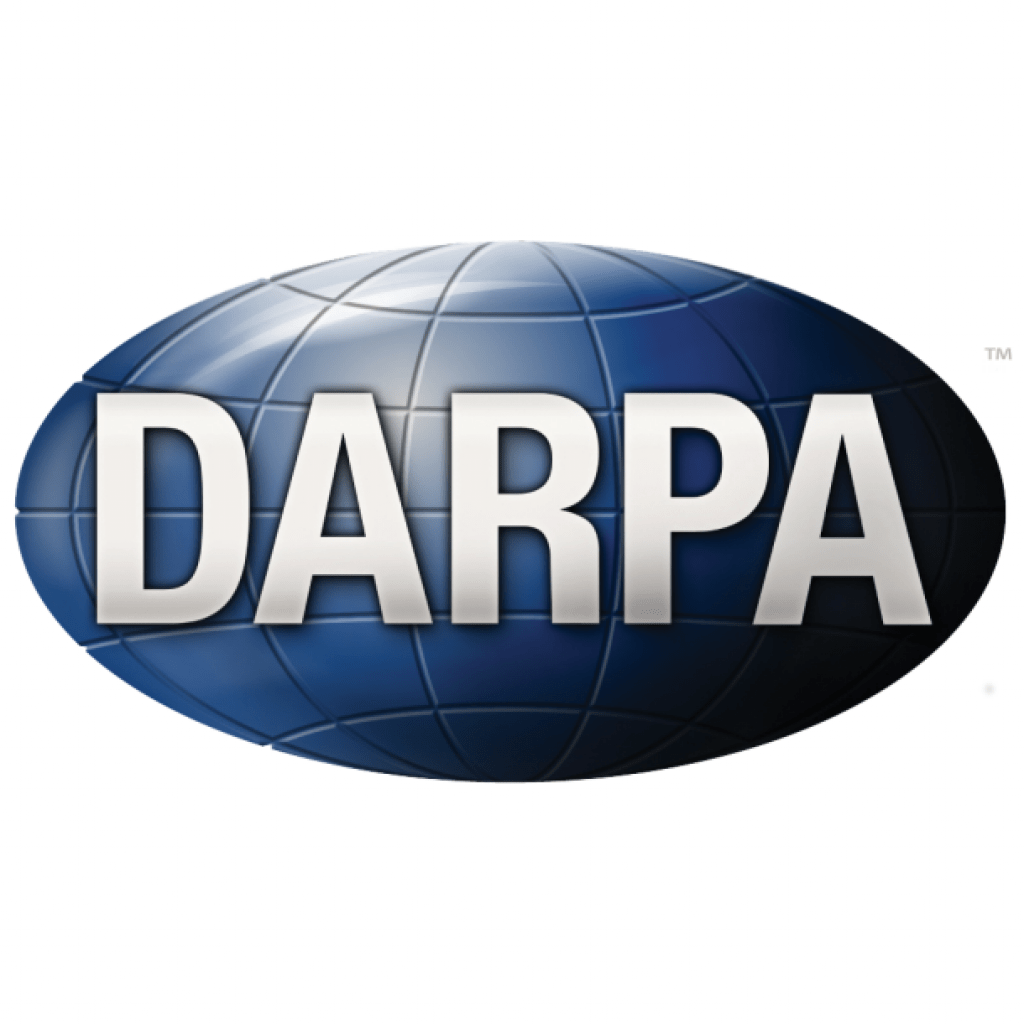(HPCWire) Putting cold atoms work as qubits in quantum computing is a relatively new idea. While ions have gained most of the attention here, one company, ColdQuanta, believes that using cold, neutral atoms (and Bose-Einstein condensate (BEC) effects) will end up being a much better approach that permits scaling to many thousands of qubits even while we are still in the so-called NISQ (noisy intermediate scale quantum) computing era.
DARPA seems to think there’s a fair chance that ColdQuanta is right and two weeks ago awarded the 13-year-old company a grant[I] to “develop a scalable, cold-atom-based quantum computing hardware and software platform that can demonstrate quantum advantage on real-world problems.”
“Over the next 40 months,” said Bo Ewald, ColdQuanta’s relatively new CEO. “We believe that we can scale this technology up and end up with a system that has thousands of qubits of pretty good fidelity, better connectivity, and more complicated gates than other approaches. By the end of the 40 months [length of the grant] we would be able to run this DoD real-world optimization problem as part of the program. It’s a radar coverage optimization problem.”
ColdQuanta says its core technology has applications in everything from accelerometers, spoof-proof GPS devices, RF sensors, stealth communications, and much more. Quantum computing is just the most recent, and given the times, perhaps now the most visible initiative. In fact, ColdQuanta has been a supplier of a variety of quantum instruments and systems (including ion traps) for years. Two recent POC demonstrations of its cold atom (BEC) expertise went to the International Space Station – they include NASA/JPL’s Cold Atom Laboratory, CAL1 (2018) and CAL2 (2019), projects to test quantum matter behavior in space.
NOTE: An extensive interview with Bo Ewald, CEO of ColdQuanta, in which he discusses the cold atom technology in-detail.
Link to Ewald presentation: https://www.youtube.com/watch?v=OrEb0SQHdbY&feature=emb_rel_end
DARPA Funds ColdQuanta to Develop Scalable, Cold-Atom Based Quantum Computing Hardware & Software Platform
